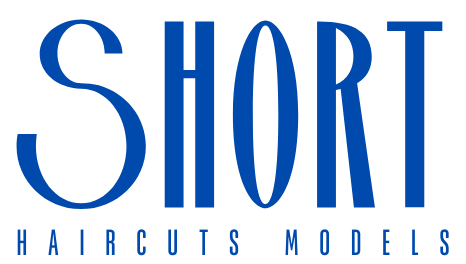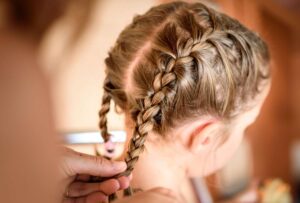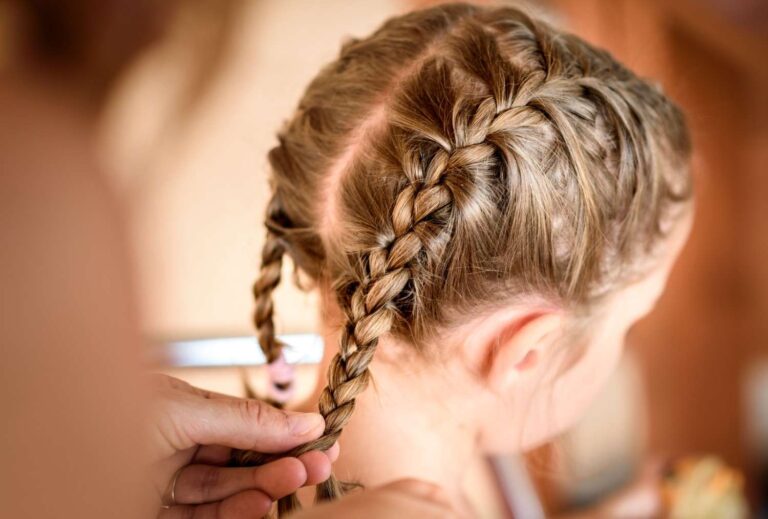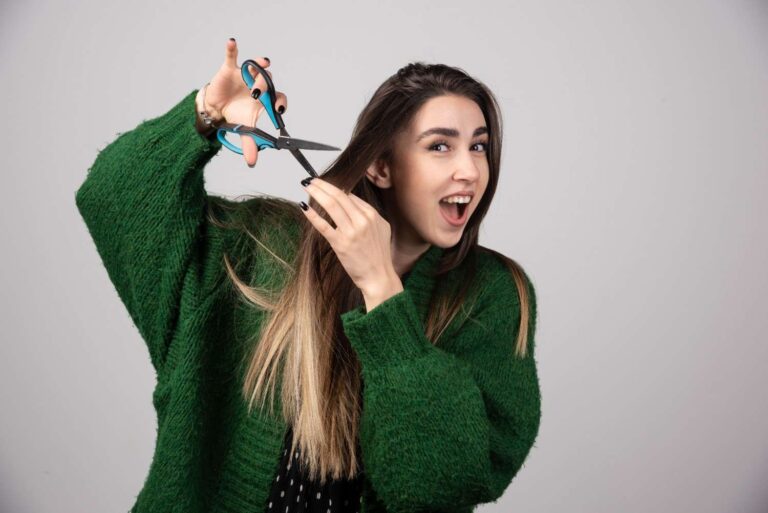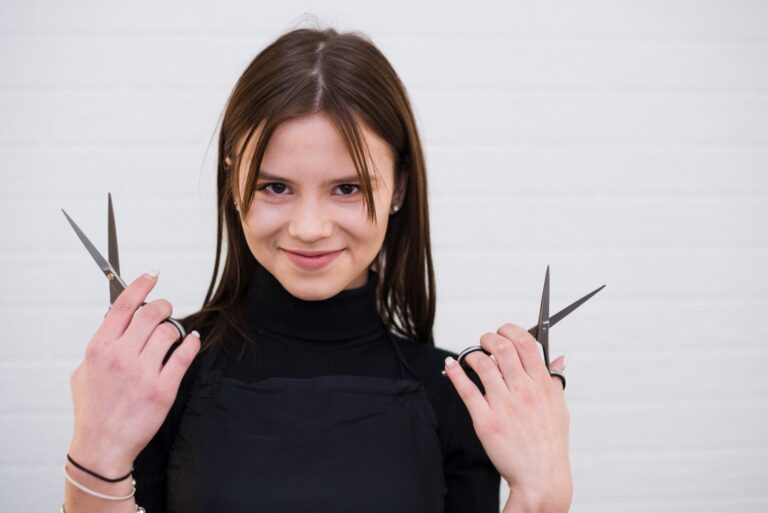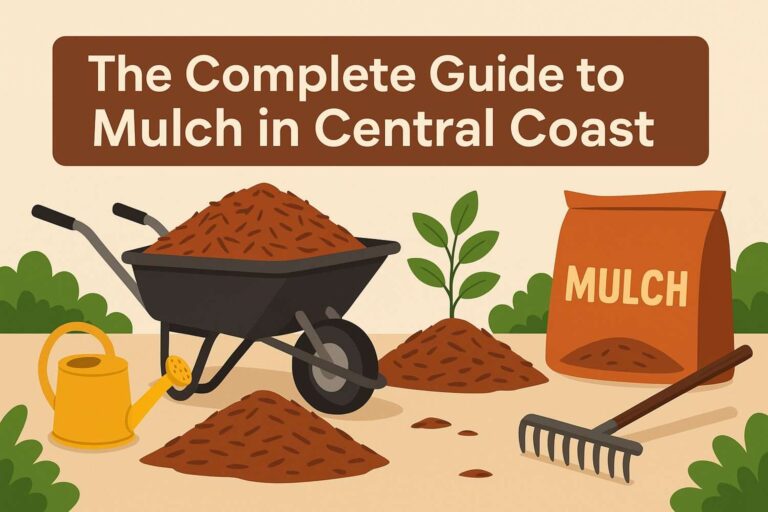I still remember the first time I thought about chopping my hair short. I was scrolling through pictures of celebrities with perfect pixies and sleek bobs, wondering if I could ever pull that off. But the fear of regret held me back — until I found out there were smart ways to preview short hair before committing to scissors.
If you’ve ever asked yourself, “What would I look like with short hair?”, this guide is for you. From AI-powered virtual try-ons to the famous 2.25-inch rule, I’ll walk you through expert-backed ways to decide confidently whether short hair will flatter your face shape and features.
How to Virtually Try On Short Hair Before Cutting It

AI hairstyle apps like YouCam Makeup and Clipfly use facial recognition and machine learning to simulate how you’d look with various short hairstyles. These tools have become incredibly advanced — mapping your face shape, skin tone, and lighting conditions for realistic results.
How to Use Them:
- Download a Hairstyle Try-On App: YouCam Makeup, Clipfly, and FaceApp are popular choices.
- Upload Your Photo or Use a Live Camera: The app scans your face and lets you experiment in real-time.
- Browse Short Hairstyles: From angled bobs to pixie cuts, explore different styles, colors, and textures.
- Save or Compare Looks: Most apps allow side-by-side comparisons so you can visualize how each cut complements your features.
These apps aren’t just for fun — they can help you identify what kind of short haircut (e.g., chin-length bob, shaggy layers, or pixie crop) aligns best with your face structure and personality.
A Timeless Test for Short Hair Suitability
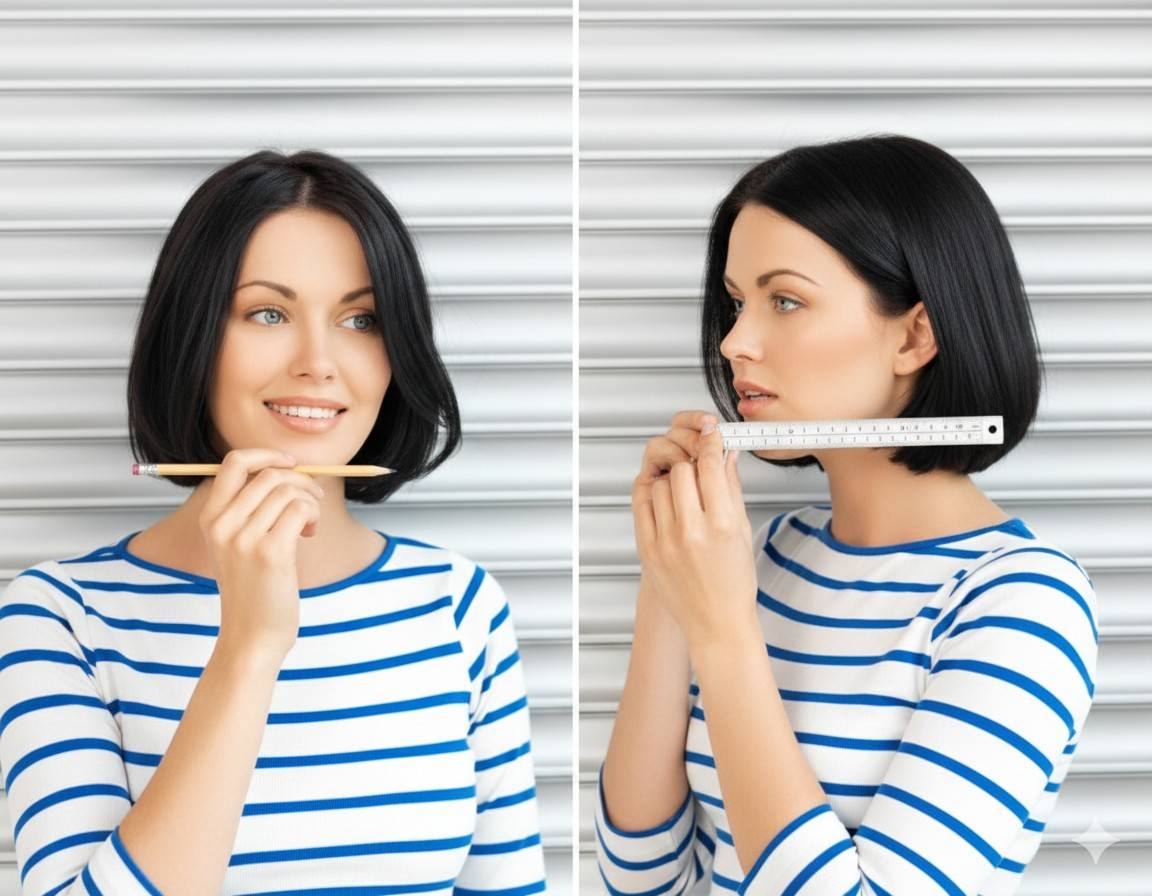
Before AI and apps existed, hairstylists relied on geometry — specifically, the 2.25-inch rule developed by celebrity hairstylist John Frieda.
Here’s How It Works:
- Grab a Ruler and Pencil: Stand in front of a mirror.
- Place the Pencil Under Your Chin: Hold it horizontally.
- Place the Ruler Vertically Under Your Ear: Let the ruler touch the pencil.
- Measure the Distance: The distance from the earlobe to the pencil is your result.
- Under 2.25 inches: Short hair likely suits you beautifully.
- Over 2.25 inches: Longer styles may be more flattering.
This method works because it’s based on bone structure and facial proportions rather than trend. It’s a quick, science-backed way to check if short hair enhances your features before cutting.
Virtual Try-On vs. The 2.25-Inch Rule: Which Is Better?
| Method | Best For | How It Works | Accuracy Level | Bonus Tip |
| Virtual Try-On Apps (YouCam, Clipfly) | Visualizing style options | Uses AI to map your face and overlay hairstyles | High, depends on lighting & app quality | Try multiple lengths and colors for realism |
| 2.25-Inch Rule | Measuring proportion & structure | Uses ruler and pencil to calculate chin-to-ear distance | Moderate to high, proven by stylists | Works best when standing upright and aligned with mirror |
Both methods complement each other — use the 2.25-inch rule for proportion, then confirm with a virtual try-on for visual accuracy.
How to Choose the Right Short Hairstyle for Your Face Shape

1. Round Faces
Go for styles that add height and definition, like pixie cuts with volume on top or asymmetrical bobs. Avoid blunt cuts that sit at the chin — they can widen your face.
2. Square Faces
Soft layers or textured bobs can help soften angular jawlines. A side-swept fringe also adds balance and movement.
3. Oval Faces
You’re lucky — almost every short hairstyle works well. Experiment with bobs, shags, or even ultra-short pixies.
4. Heart-Shaped Faces
Opt for chin-length bobs or layered cuts that add fullness around the jawline to balance a narrower chin.
5. Long Faces
A chin-length bob or short layered haircut with side volume helps create balance and reduces the appearance of length.
The Real Secret to Rocking Short Hair

Short hair isn’t just about physical fit — it’s about mindset. Many people who cut their hair short for the first time describe it as liberating. It brings out confidence, edge, and simplicity.
If you’re worried about maintenance, here’s the truth: short hair often requires regular trims every 4–6 weeks, but styling time is usually cut in half. With the right products — a lightweight mousse, texture spray, and heat protectant — you can create volume, shine, and movement effortlessly.
Expert Tips Before Making the Cut
- Consult a Stylist First: Bring your virtual try-on photos and discuss what’s achievable with your hair type.
- Consider Hair Texture: Fine hair benefits from shorter, structured cuts, while thick or curly hair looks great in layered or tousled styles.
- Start Gradually: If you’re unsure, try a long bob first. You can always go shorter later.
- Mind the Maintenance: Short hair grows out quickly, so regular trims help retain shape.
- Think About Styling Tools: A small round brush, mini flat iron, and texturizing spray become your best friends.
Common Mistakes to Avoid When Trying Short Hair

- Ignoring Your Face Shape: The wrong length can emphasize features you’d rather balance.
- Skipping Professional Advice: DIY cuts or blind choices can lead to regret.
- Assuming Less Effort: Short hair still needs care — just different from long hair.
- Not Using Visualization Tools: Guessing rarely ends well. Always preview first.
Also Read: How to style short layered hair
FAQs About “What Would I Look Like With Short Hair?”
Q1. How accurate are virtual hairstyle try-on apps?
Most modern apps like YouCam Makeup and Clipfly use advanced facial mapping and lighting adjustments for fairly accurate previews. While they can’t replicate exact texture or volume, they’re excellent for assessing proportions and style compatibility.
Q2. Does the 2.25-inch rule work for everyone?
It’s a solid guideline, not a law. It primarily applies to balanced or average face proportions. People with strong bone structures or unique facial features may look great in short hair regardless of the measurement.
Q3. How do I know which short hairstyle suits my personality?
If you love bold statements, a pixie or buzz cut might suit you. For softer, approachable energy, try a layered or chin-length bob. Your personality often shines through more than the haircut itself.
Q4. What if I regret cutting my hair short?
Hair grows back — usually half an inch per month. You can soften the transition with hair accessories, clip-in extensions, or shaping trims that keep your growing-out phase stylish.
A Fresh Look Starts With Confidence
At the end of the day, discovering what you’d look like with short hair isn’t just about face shape or math — it’s about how you feel. The best hairstyle is one that mirrors your confidence and personality.
So before you book that salon appointment, play around with a virtual try-on app, grab a ruler for the 2.25-inch test, and visualize your transformation. You might find that short hair isn’t just a style change — it’s a confidence boost waiting to happen.
